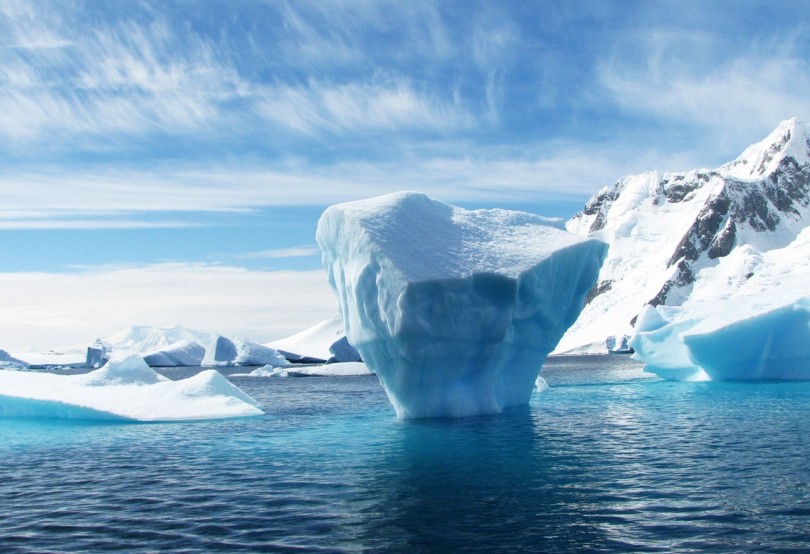22 Apr 24
Lab ChatLabworx
The Global News Source for the World of Science and Chemicals
Can you tow an ICEBERG from ANTARTICA?
19 August 2019
Lab Chat
An Emirati businessman has raised eyebrows all over the globe through his ambitious scheme to tow an entire iceberg from Antarctica to the UAE. The grandiose project has been dismissed by some sceptics as “fantasy” and by the UAE government as nothing more than “a rumour”, but Abdulla Alshehi insists it is viable.
Rather than being a vanity project, the idea is actually rooted in environmentalism, efficiency and water security. Mr Alshehi believes it can be more affordable and efficient to transport a massive iceberg to UAE and harvest it for drinking water than plough time, money and energy into desalination efforts.
Pie in the sky?
At present, the majority of drinking water which supplies the UAE’s 9.4 million populace must go through rigorous desalination techniques to ensure it meets strict water quality standards. By contrast, the water stored in an Antarctic iceberg is comparatively uncontaminated, meaning it could be far more cost-efficient and environmentally-friendly than the status quo.
The only sticking point – and it is a big one – is how such a massive load could be moved from its current location to one of the world’s hottest climates. The idea in itself is not a new one but all previous attempts to make it a reality have failed. Mr Alshehi, a 40-year-old electronics engineer who has conducted extensive research into water security in the Middle East, believes he can succeed whether others have not.
Harnessing the power of Mother Nature
Unlike some of the visionaries who have gone before him, Mr Alshehi concedes that it would be impossible to actually tow it using engine horsepower. “The iceberg will be huge in size and weight,” he said. “No vessel in the world could tow it; we are talking about millions of tonnes here.”
Instead, he plans to first identify a suitable specimen through satellite imaging, then deploy barges on either side of the iceberg and secure it between them via the use of massive belts. Then, it would simply be a matter of allowing natural ocean currents to do the heavy lifting and move the iceberg for him. The journey is estimated to take at least nine months.
Crunching the numbers
The plan would be to time the arrival of the iceberg so that it lands during the Gulf’s slightly more temperate winter and harvest it during those colder months before it melts entirely. Mr Alshehi is aware that almost a third of its mass would be lost during the journey itself, but is confident that if a sizable enough target is chosen, enough would remain to meet the needs of one million Emiratis for five years.
One of the biggest problems (aside from the logistical headaches involved) has proven to be securing financial backing for the idea. A test run, which Mr Alshehi hopes to conduct by 2021, would cost at least $80 million, while the real thing is projected to incur expenses of as much as $150 million. However, if successful, it could be an ingenious and ground-breaking way of providing a clean water source for billions of people in dire need of sustenance all over the world.
DOWNLOAD PDF

2 Day Seminar Program
@ ArabLab+ 2024
24 & 25 September 2024
Your stay in Dubai
Labkit
Product News
Chemkit
Product News
Thinking about exhibiting at ARABLAB 2024? Watch our video to find out more.
Join the world’s leading organisations…
Get in touch and stay in touch…
Join our mailing list and receive the ARABLAB newsletter and event updates.





















